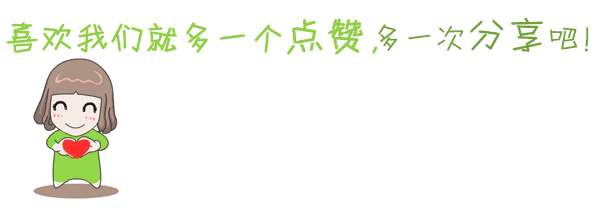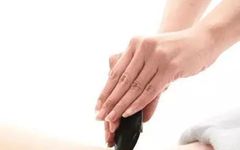Gua Sha is one of the traditional natural therapies in China, based on the theory of the skin in Traditional Chinese Medicine (TCM). It involves scraping the skin with tools made of materials such as buffalo horn or jade on specific areas to achieve the goals of unblocking meridians and promoting blood circulation. With the popularization of modern medicine, Gua Sha is no longer the primary method for treating diseases but serves more as a health maintenance practice.
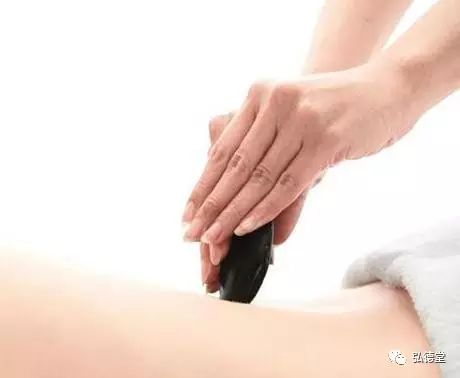
The History of Gua Sha
The practice of Gua Sha became popular among the people during the Qing Dynasty, and some physicians also used it clinically. At that time, an experienced TCM doctor completed the book “Clinical Guidelines for Medical Cases,” which clearly stated: “Sha refers to the general term for rashes, with small red dots appearing on the skin like millet.” In other words, the red spots that appear on the skin after Gua Sha are called “Sha,” or “Sha swelling,” or “Sha Qi”; they are not a disease but a type of toxic reaction.
In simple terms, “Sha” is a type of stagnation. “Stagnation” refers to blockage, meaning that the flow of Qi and blood in the meridians is obstructed. These waste products or impurities surface on the body after Gua Sha, appearing like small millet grains. These red dots can merge into patches, forming red or purplish areas, which are referred to as Sha. In other words, Sha represents undigested food, nutrients, or metabolic waste such as lymphatic fluid, extracellular fluid, and interstitial fluid that accumulate and manifest on the skin through Gua Sha.
Since the human body is composed of countless tiny cells, and these cells are interconnected through blood vessels, nerves, and meridians, when the flow of Qi and blood is not smooth, it can stagnate and form “Sha symptoms.” This is the basis for the saying, “All diseases can manifest as Sha.”
According to TCM theory, the human body, as a small universe, must maintain harmony with the external larger universe. Any disharmony can lead to Qi and blood stagnation, resulting in disease. The body can indeed become ill due to the interplay of wind, dampness, and heat. In the external environment, there are eight types of wind evils, and damp heat can also cause illness, as can imbalances in diet and lifestyle. Generally, the human body is most susceptible to “Sha symptoms” during the summer and autumn when the three Qi of wind, dampness, and heat interact, such as heat stroke leading to heat Sha.
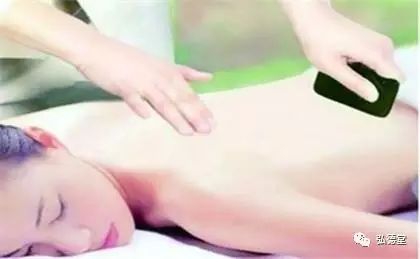
The Principles of Gua Sha
The basic theory of TCM is “No flow means pain.” Once the circulation of Qi and blood is obstructed, it can lead to “Sha,” and Gua Sha can detoxify and remove stagnation. Once Qi and blood flow smoothly, stiffness or swelling and pain can be alleviated.
In modern TCM, the main principle of Gua Sha is to stimulate meridian acupoints using a Gua Sha board, opening the pores to expel “Sha toxins,” thereby unblocking the meridians and eliminating toxic gases accumulated in the body.
The term “Gua Sha” first appeared in TCM literature during the Yuan Dynasty, and its history can be traced back to the Stone Age. When people fell ill, they instinctively rubbed or pounded certain areas of their bodies with their hands or stones, sometimes alleviating their ailments. Through long-term practice and accumulation, the method of using Bian stone for treatment gradually formed, which is the prototype of the Gua Sha therapy. The “Huangdi Neijing” (Yellow Emperor’s Inner Canon) listed acupuncture, Bian stone therapy, moxibustion, and herbal medicine as the four independent therapies of TCM. By the Ming Dynasty, Gua Sha therapy had been widely used across the country.
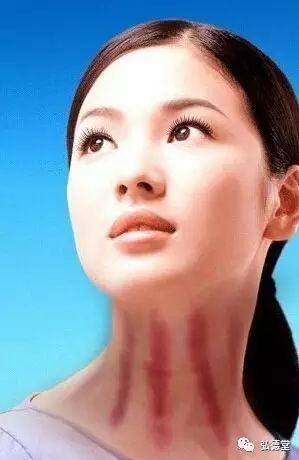
The Main Effects of Gua Sha on the Human Body
1. Promotes metabolism and expels toxins. Gua Sha can promptly scrape the metabolic “waste” to the surface of the body, allowing the blood to flow smoothly and restoring natural metabolic vitality.
2. Relaxes muscles and unblocks meridians. Increasingly, more people suffer from cervical spondylosis, shoulder periarthritis, and back pain. This is because when the body’s “soft tissues” (joint capsules, ligaments, fascia) are damaged, the muscles may be in a state of tension, contraction, or even spasm, leading to pain symptoms. Gua Sha can relax muscles and unblock meridians, alleviating pain and aiding in the recovery of the affected area.
3. Adjusts Yin and Yang. TCM emphasizes the balance of Yin and Yang in the body. Gua Sha has a bidirectional regulatory effect on bodily functions, improving and adjusting the functions of the organs to restore balance.
4. Enhances immunity and reduces inflammation. Correct Gua Sha techniques can promote blood circulation, unblock meridians, enhance metabolism, and detoxify. Modern medicine believes that Gua Sha can enhance local skin blood circulation, leading to the expansion of capillaries. The process of Gua Sha promotes the expansion of skin blood vessels until the capillaries rupture. Gua Sha is essentially a process of dissipating blood clots, which can enhance immunity and have antibacterial and disinfecting effects.
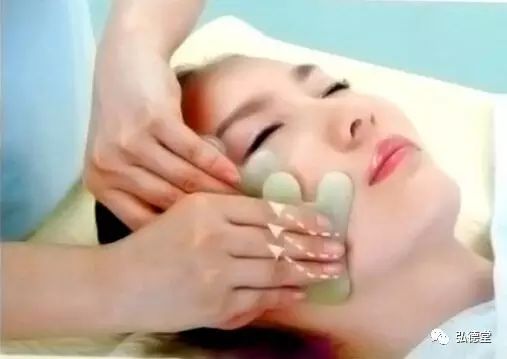
What Diseases Can Gua Sha Treat?
Q: Why can Gua Sha treat various diseases?
A: Gua Sha selects acupoints based on the patient’s condition and constitution, using different techniques to improve the microcirculation of the treated meridians and acupoints, achieving the effects of regulating Qi and blood, unblocking meridians, invigorating blood circulation, and nourishing tissue cells. This corrects the stagnation of Qi and blood, ensuring smooth meridian flow and enhancing the recovery of related organs and tissues.
Q: What diseases can Gua Sha treat?
A: Gua Sha can treat many conditions, such as heat stroke, colds, headaches, gastritis, abdominal pain, insomnia, fatigue, joint diseases, chronic low back pain, sciatica, lumbar disc herniation, sprains, frozen shoulder, stiff neck, palpitations, shortness of breath, hypertension, anemia, dysmenorrhea, obesity, fatigue, myopia, cough, tonsillitis, hiccups, gastric spasms, loss of appetite, diarrhea, motion sickness, hangovers, neurasthenia, neurosis, intercostal neuralgia, hypotension, tinnitus, otitis media, allergic rhinitis, epistaxis, toothache, cold deficiency, insufficient breast milk, cystitis, weak constitution in children, nocturia, eczema, urticaria, hepatitis, diabetes, habitual constipation, hemorrhoids, and other common, acute, and difficult diseases, all of which can have certain or immediate effects.
Gua Sha is simple and easy to perform. Although it may not treat major diseases like Western medicine, it is very effective for various difficult and miscellaneous ailments, particularly for chronic diseases and sub-health conditions. Gua Sha therapy has gradually become popular among the public, and even in some small towns, there are specialized Gua Sha clinics.
Key Points of Gua Sha
The methods of Gua Sha vary from person to person, but regardless of the method used, the following categories are essential:
1. Choose the right tools.
Generally, any tool with a blunt and smooth edge can be used, such as combs, ceramic spoons, or Gua Sha boards (the material should also be considered). However, attention should be paid to thickness and size; too thick may not produce Sha, while too thin may injure the skin. The size should generally be smaller than an adult’s palm for easy grip and application of force. In addition to the Gua Sha board, a medicinal liquid or lubricant is necessary to avoid skin damage; lubricants can include specialized medicinal liquids, or oils containing safflower, Chuanxiong, and Angelica, or even just water.
2. Gua Sha areas and sequence.
The techniques and operational sequences of Gua Sha vary among practitioners. Typically, only the areas that feel uncomfortable are scraped, such as corresponding areas for heat stroke or gastrointestinal discomfort. However, most practitioners scrape the back and limbs, while women rarely scrape the chest. Other areas such as the head, neck, and abdomen can also be treated. Generally, the scraping direction is from top to bottom and from inside to outside, in a single direction without back-and-forth scraping. When scraping the back along the spine (also known as the “Du Mai” or central nervous system), it is advisable to start from the most prominent occipital bone and the Dazhui point downwards. For wind-cold conditions, scrape the gallbladder and bladder meridians from the back of the ears to the shoulders. The lumbar meridians correspond to the kidneys, the upper back corresponds to heart and lung functions, and the lower back corresponds to the liver, gallbladder, spleen, and stomach.
3. Gua Sha angle.
Hold the Gua Sha board with the thick edge against the palm and the thin edge at a 45-degree angle to the skin, scraping in a single direction without pushing or scraping in a cutting motion. To stimulate deeper tissues, the angle can be perpendicular to the skin, but the duration should not be too long.
4. Force.
The force applied during Gua Sha is akin to the dosage in herbal prescriptions; both too light and too heavy are undesirable. Too light will have no effect, while too heavy may injure muscle tissue. Generally, the force should be even and moderate, gradually increasing to a tolerable level. Each scraping distance should be about five to ten centimeters, and scraping should stop when the color no longer changes.
Note! The force of Gua Sha is not better the heavier it is, nor is it more effective the more painful it is. The size of the force also has a tonifying or draining effect: generally, light force and slow speed are “tonifying,” while heavy force and fast speed are “draining”; moderate force and speed, or light force with fast speed, or heavy force with slow speed are considered “balanced tonifying and draining.”
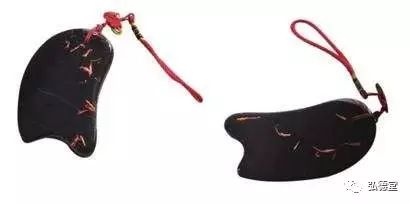
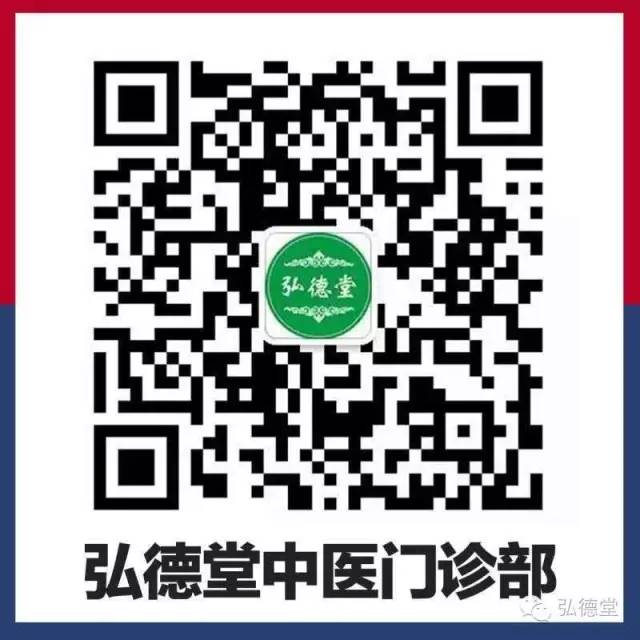
Scan to follow Hongde Hall for more health information

